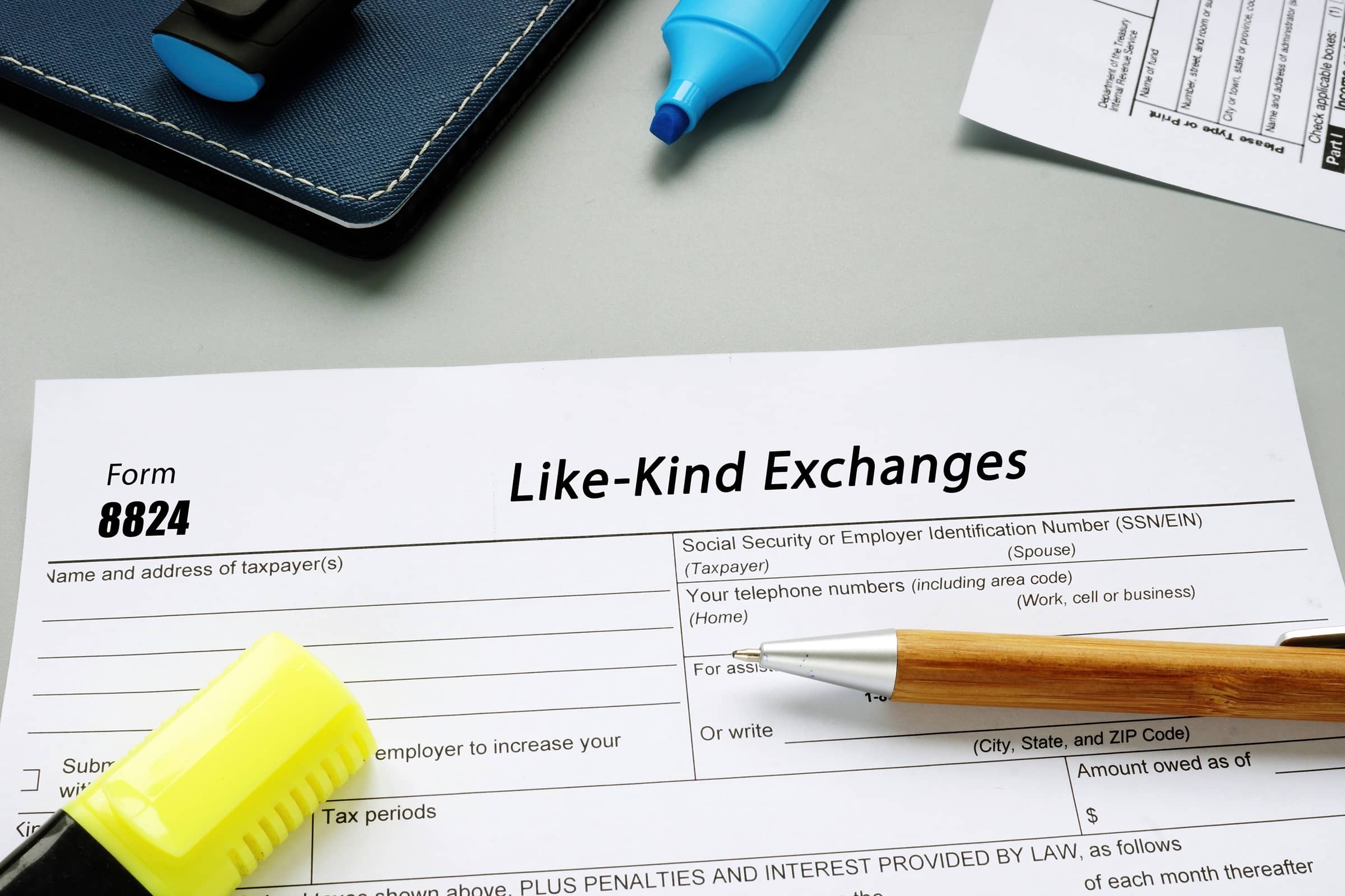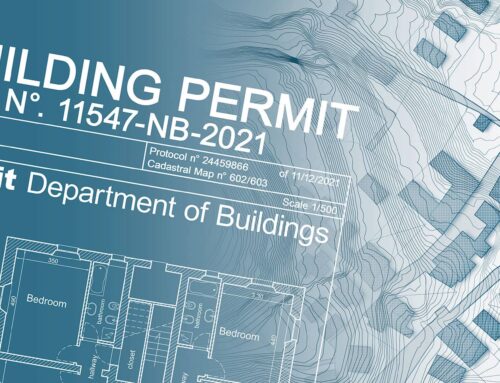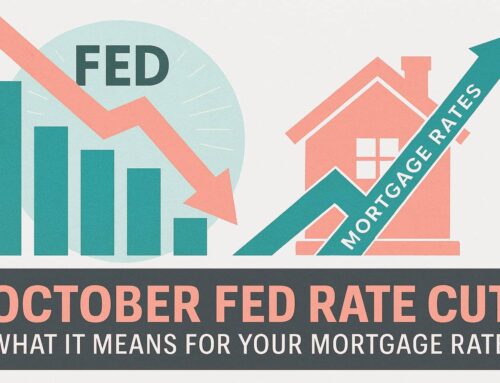I am a licensed real estate agent and not a tax professional. The information provided on this blog regarding tax-related topics is for general informational purposes only and should not be taken as tax advice. It is recommended that you consult with a qualified tax professional or accountant for personalized advice regarding your specific tax situation. I do not assume any liability for any errors or omissions in the information provided, nor for any actions taken based on the information contained on this blog.

Understanding 1031 tax deferred exchanges in Real Estate
In real estate, a 1031 tax-deferred exchange is a beneficial tool. It assists in managing tax implications by deferring capital gains taxes. This approach enables you to expand your real estate holdings without immediate tax burdens. Whether to pay capital gains tax or opt for a 1031 exchange depends on your investment goals and financial situation. You have 45 days to identify replacement properties and 180 days to finalize the purchase. This method can be essential in managing real estate transactions efficiently and optimizing your tax strategies.
Key Takeaways
- Defers capital gains tax on real estate sales.
- Allows reinvestment of sale proceeds.
- Must identify a replacement property within 45 days.
- Completion of purchase within 180 days.
- It helps grow a real estate portfolio without immediate tax implications.
Basic Concepts of a 1031 Tax Deferred Exchange
Understanding the basic concepts of 1031 exchanges is vital for managing the tax implications of real estate transactions effectively. When considering whether to do a 1031 exchange, you may wonder why an investor would want to utilize this tax-deferred exchange. The primary advantage is the ability to defer paying capital gains tax, allowing you to reinvest the full proceeds from the property sale into a new investment. This can help in growing your real estate portfolio without reducing your capital through taxes. Whether it’s better to pay capital gains tax or do a 1031 exchange depends on your investment goals and financial situation. By opting for a 1031 exchange, you can defer taxes and increase your purchasing power for acquiring new properties. If you decide to pursue a 1031 exchange, it’s imperative to know that you have 45 days from the sale of your property to identify potential replacement properties and 180 days to complete the purchase to avoid capital gains taxes.
Tax Implications and Considerations
Consider the tax implications and considerations involved in a 1031 tax deferred exchange to make informed decisions regarding your real estate investments. When engaging in a 1031 exchange, it’s vital to know the potential tax consequences. After the exchange, capital gains on leftover cash, known as boot, can trigger tax liabilities. The amount of debt on both the relinquished and replacement properties can impact the tax treatment of the exchange. Differences in mortgage amounts between the properties can lead to taxable gains. Failing to account for loans properly may result in unexpected tax implications. Additionally, the correct disclosure of property basis and liabilities assumed is crucial for accurate tax reporting. Understanding these tax implications and considerations can help you navigate the 1031 exchange process effectively and ensure compliance with IRS regulations.
Like-Kind Property Eligibility
Real properties eligible for similar exchanges share a like nature or character, regardless of any grade or quality differences. This means that properties like an apartment building can be swapped for another apartment building, as they both fall under the category of real estate. The focus is on the nature of the property rather than its quality or grade. For example, a high-end luxury apartment building could be traded for a more modest one, as long as they are both used for business or investment purposes.
Reporting Procedures and Forms
For efficient reporting of like-kind exchanges, utilize Form 8824 to document the exchange transactions accurately. Form 8824, Like-Kind Exchanges, is the designated form used to report such exchanges. It provides a structured approach to detail the specifics of the exchange, ensuring compliance with IRS regulations. Following the detailed instructions for completing Form 8824, you can accurately report the exchange and fulfill your reporting requirements. Proper reporting is essential to avoid any issues with the IRS and to make certain that the exchange is appropriately documented. Remember that reporting procedures may vary based on the specifics of the exchange, so understanding the requirements and guidelines outlined in Form 8824 is important for accurate tax filings. By adhering to the reporting procedures and utilizing the designated form, you can navigate the reporting process smoothly and effectively document your like-kind exchange transactions.
Changes Under Tax Cuts and Jobs Act
Significant adjustments were implemented under the Tax Cuts and Jobs Act concerning like-kind exchanges. The Act limited Section 1031 solely to real estate exchanges, excluding personal or intangible property. Real estate held primarily for sale no longer qualifies for like-kind exchanges. However, a pivotal rule allowed certain personal or intangible property exchanges completed before December 31, 2017. Post-2017, exchanges involving machinery, equipment, and intellectual property generally do not meet the like-kind exchange criteria. These changes aimed to limit the scope of like-kind exchanges to real estate transactions, aligning with the Act’s broader tax reform objectives. It’s essential for real estate investors to understand and adapt to these modifications to comply with current tax regulations. Proper awareness of the updated rules under the Tax Cuts and Jobs Act guarantees accurate tax filings and adherence to legal requirements.
FAQ
Conclusion
To sum up, a 1031 tax-deferred exchange in real estate can be a valuable tool for maximizing investments and deferring capital gains taxes. By understanding the rules, requirements, and benefits of a 1031 exchange, investors can navigate the process effectively and reap significant tax-saving advantages. Whether you’re a seasoned investor or a beginner, utilizing a 1031 exchange can help optimize your real estate transactions and enhance your investment portfolio.







